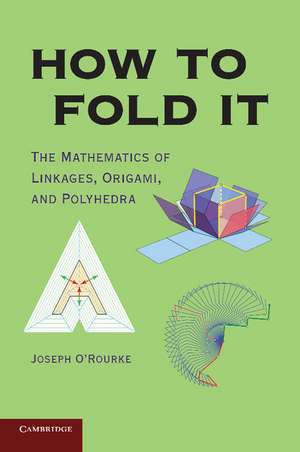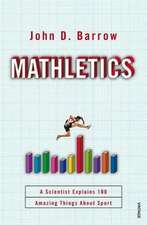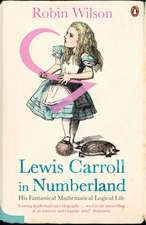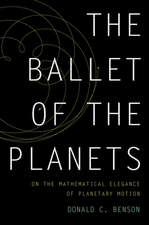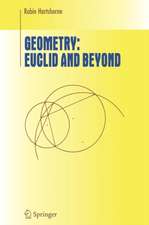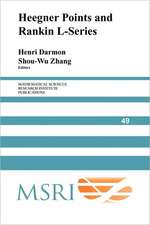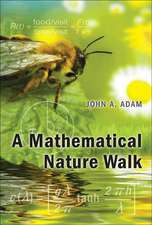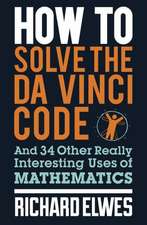How to Fold It: The Mathematics of Linkages, Origami, and Polyhedra
Autor Joseph O’Rourkeen Limba Engleză Paperback – 24 apr 2011
| Toate formatele și edițiile | Preț | Express |
|---|---|---|
| Paperback (1) | 286.42 lei 6-8 săpt. | |
| Cambridge University Press – 24 apr 2011 | 286.42 lei 6-8 săpt. | |
| Hardback (1) | 771.63 lei 6-8 săpt. | |
| Cambridge University Press – 24 apr 2011 | 771.63 lei 6-8 săpt. |
Preț: 286.42 lei
Nou
Puncte Express: 430
Preț estimativ în valută:
54.81€ • 59.52$ • 46.04£
54.81€ • 59.52$ • 46.04£
Carte tipărită la comandă
Livrare economică 22 aprilie-06 mai
Preluare comenzi: 021 569.72.76
Specificații
ISBN-13: 9780521145473
ISBN-10: 0521145473
Pagini: 190
Ilustrații: 171 b/w illus. 1 table 48 exercises
Dimensiuni: 152 x 226 x 13 mm
Greutate: 0.27 kg
Editura: Cambridge University Press
Colecția Cambridge University Press
Locul publicării:New York, United States
ISBN-10: 0521145473
Pagini: 190
Ilustrații: 171 b/w illus. 1 table 48 exercises
Dimensiuni: 152 x 226 x 13 mm
Greutate: 0.27 kg
Editura: Cambridge University Press
Colecția Cambridge University Press
Locul publicării:New York, United States
Cuprins
Part I. Linkages: 1. Robot arms; 2. Straight-line linkages and the pantograph; 3. Protein folding and pop-up cards; Part II. Origami: 4. Flat vertex folds; 5. Fold and one-cut; 6. The shopping bag theorem; Part III. Polyhedra: 7. Durer's problem: edge unfolding; 8. Unfolding orthogonal polyhedra; 9. Folding polygons to convex polyhedra; 10. Further reading; 11. Glossary; 12. Answers to exercises; 13. Permissions and acknowledgments.
Recenzii
'The major theorems presented are remarkable - results that may surprise the reader include the fact that, with the right folds, any shape or collection of shapes (even ones with holes in) … composed of straight lines may be cut out from a sheet of paper with just a single cut.' London Mathematical Society Newsletter
'In this beautiful and inspiring book with many colour figures the reader can find a fascinating mathematical approach to linkages, foldings and unfoldings. Many exercises with detailed solutions give the reader the chance to control the acquired skills.' Hansueli Hosli, Zentralblatt MATH
'… a great book for someone who wants to learn about the mathematics behind origami without being overwhelmed by the mathematics itself. This is a great book for a high school or undergraduate student to get introduced to the open problems in computational origami.' Brittany Terese Fasy and David L. Millman, SIGACT News
'In this beautiful and inspiring book with many colour figures the reader can find a fascinating mathematical approach to linkages, foldings and unfoldings. Many exercises with detailed solutions give the reader the chance to control the acquired skills.' Hansueli Hosli, Zentralblatt MATH
'… a great book for someone who wants to learn about the mathematics behind origami without being overwhelmed by the mathematics itself. This is a great book for a high school or undergraduate student to get introduced to the open problems in computational origami.' Brittany Terese Fasy and David L. Millman, SIGACT News
Notă biografică
Descriere
Discover and understand mathematical theorems through paper folding, starting with high school algebra and geometry through to more advanced concepts.
